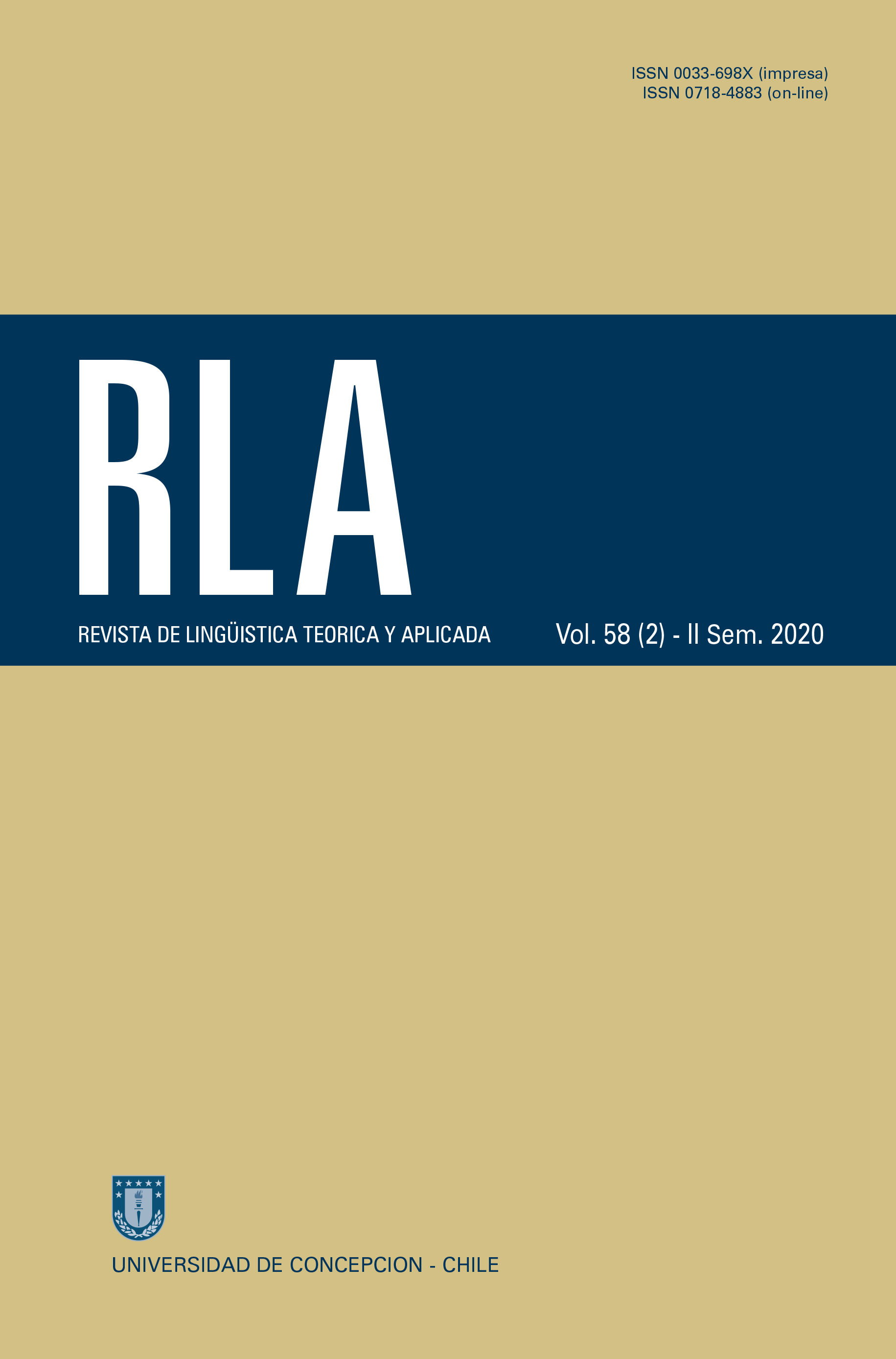MOTHER TONGUE DEVELOPMENT IN BILINGUAL PROGRAMS TYPE CLIL IN SECONDARY SCHOOL: A COMPARATIVE STUDY ON WRITTEN PRODUCTION
DOI:
https://doi.org/10.29393/RLA58-11MTEN10011Keywords:
CLIL, bilingual education, written production, mother tongue, Secondary EducationAbstract
The aim of this paper is to determine whether the acquisition of written production in the mother tongue (L1) is affected by CLIL (Content and Language Integrated Learning), as a consequence of the fact that less school time is devoted to academic exposure to the L1 in this type of bilingual programs consisting of delivering some content subjects, such as Science, Maths or Art in a second language instead of in the mother tongue. For this purpose, a large-scale study was conducted in Castilla-La Mancha (Spain). Written productions in L1 of CLIL and non-CLIL secondary school students aged 13-14. (n=4,675) were compared, having into account six written production areas: (1) planning strategies, (2) use of text typologies, (3) expressive richness, (4) use of written vocabulary, (5) use of grammatical structures, and (6) spelling and punctuation. Results showed that, although CLIL students had more limited exposure to L1 compared to their non-CLIL counterparts, they significantly outperformed them in all areas of written production under consideration, and the greatest differences were observed in the most demanding tasks.
Downloads
Published
How to Cite
Issue
Section
Copyright (c) 2020 Universidad de Concepción

This work is licensed under a Creative Commons Attribution 4.0 International License.







